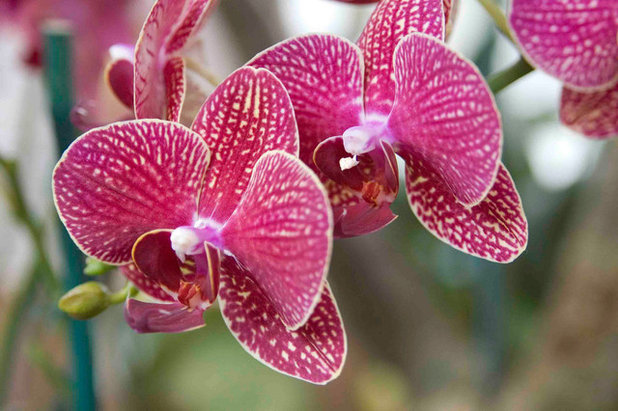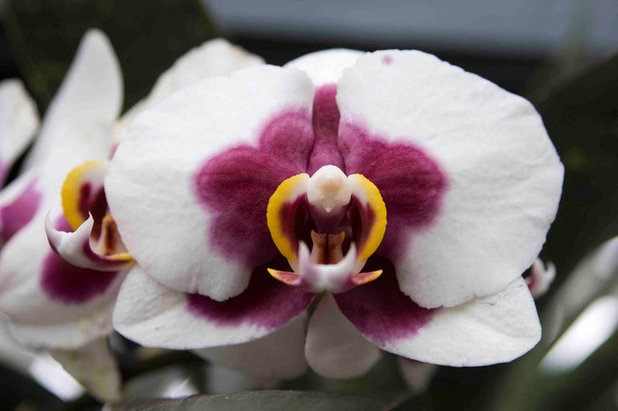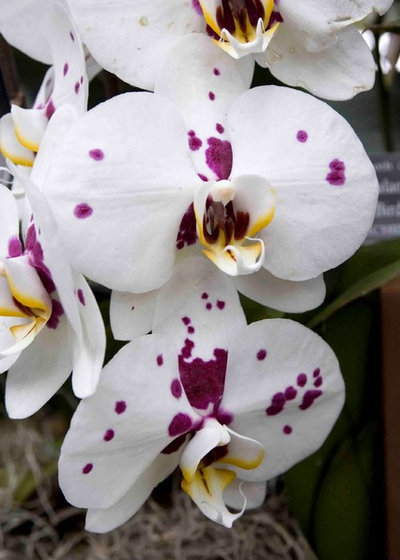Phalaenopsis, or the moth orchid, is familiar to anyone who has walked into a grocery store, home improvement store or retail flower shop. It’s also a great choice to start with if you’re interested in growing orchids. As a decorative element, moth orchids offer winter and spring blooms, hard to find in other blooming houseplants, plus they have an unusual grace, with their arching flower stalks. They’re not too large, so they fit in well in a tight spot, and there are even miniature varieties available now. An added advantage is that when they’re in bloom, you can put them anywhere in your home. It’s only when they’re out of bloom that they’re fussy about light.

The New York Botanical Garden
Chances are, you have either succumbed to the lure of a phalaenopsis you’ve seen in a store or have received one as a gift at some point. Many people look at the relatively low cost of these plants and treat them simply as they would cut flowers, with the added advantage of particularly long blooms. But there’s no reason to get rid of the plants once they’ve finished blooming. Most will be glad to reward you with blooms for years to come.

The New York Botanical Garden
Moth orchids and their hybrids come in a wide range of colors and sizes — miniatures are becoming more popular.

St Charles
They’re also one of the more shade-tolerant orchids. They do well in a north- or east-facing window in an otherwise bright room and need to be kept out of direct sun.

Renaissance Development Corporation
They’re happiest in temperatures of 70 to 80 degrees Fahrenheit (21 to 27 degrees Celsius) during the day and around 60 degrees Fahrenheit (16 degrees Celsius) at night, though they can take occasional temperatures up to 95 degrees Fahrenheit (35 degrees Celsius).
What they do want is more humidity than most people are comfortable with. Provide this by putting yours on a pebble-lined tray with water, keeping the pot above the water level, or misting the leaves regularly in the morning.

P2 Design
Water in the morning as well, when the roots are silver colored, the potting mix is barely damp and the pot feels light, using room-temperature, not cold, water. Let the pot drain thoroughly so the potting mix is damp but not soaked.

Rough Linen
Feed with about quarter-strength liquid fertilizer weekly, though you can cut back when the plant is in bloom. Repot when the potting mix is breaking down, usually every one to three years. Use an orchid mix or orchid bark for the best results.
Note: The roots coming out of the top of the potting mix are aerial roots. They’re fine; orchids are air plants, and these are normal.

The New York Botanical Garden
To get a moth orchid to bloom again, snip off the flower spike after blooming finishes, either just under the first bloom or at the base. Wait for a second spike either from the first one or nearby. If the plant doesn’t rebloom, be sure the temperature drops to about 50 degrees Fahrenheit (10 degrees Celsius) at night.
More: Orchids 101: Get Started Growing Orchids at Home
How to Create an Indoor Landscape





